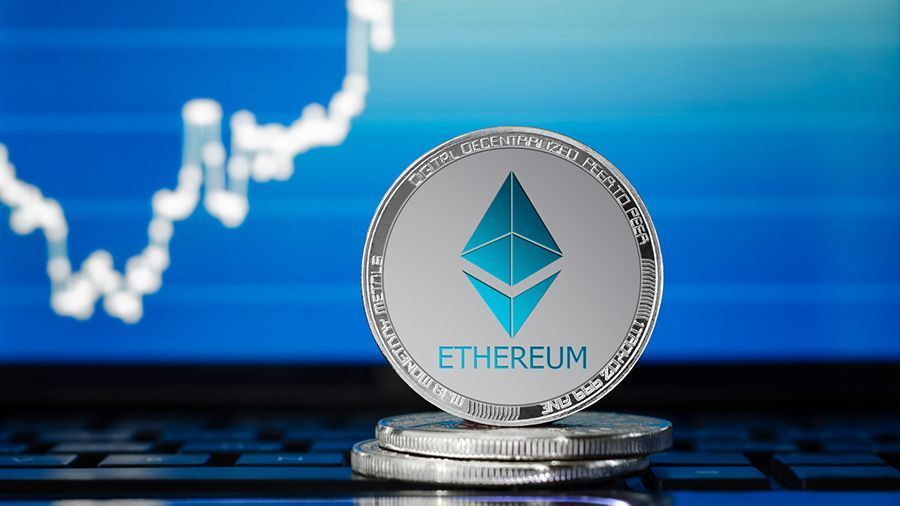The FTX cryptocurrency derivatives exchange has expressed its readiness to place tokenized ETH based on the Beacon Chain (BETH) signal chain blocked in the Ethereum 2.0 deposit contract.
On November 4, the developers of Ethereum 2.0 presented a tool for creating an ETH 2.0 deposit contract, which will allow sending Ether from Ethereum 1.0 to Ethereum 2.0. According to Etherscan, to date, the contract already contains more than 19,600 ETH worth $ 7.9 million. The launch of the derivatives market for BETH will provide access to liquidity for investors who cannot use the coins from the deposit contract until the first phase of the renewal.
However, Ethereum Foundation researcher Justin Drake said that the deposit contract was specifically designed to prevent another type of ETH from becoming available for trading. And Ethereum co-founder Vitalik Buterin doubts that anyone would want to provide liquidity for the second version of Ether, sent to staking, since moving ETH to Ethereum 2.0 without a validator status will not bring profit.
At the same time, Coin Metrics co-founder Jacob Franek (Jacob Franek) believes that this will not stop exchanges from listing such assets, performing the function of “debt” coins. Their price may depend not only on the reward for staking ethers in the Beacon Сhain. The cost can also be influenced by the risks associated with trading products based on the blockchain, which is still in development. For example, penalties for failing to validate a new chain can negatively impact deposits. In turn, this will be reflected in BETH trading.
Anonymous cryptocurrency researcher Hasu believes intermediaries should be concerned about security first. People who take on financial risks will no longer just issue blocks, and block validators will only bear indirect financial risks. Hasu proposed linking the BETHs available for trading to the amount of Ether allocated for staking on centralized exchanges.
As a reminder, the Ethereum 2.0 update is scheduled for December 1, 2020 subject to certain conditions.







